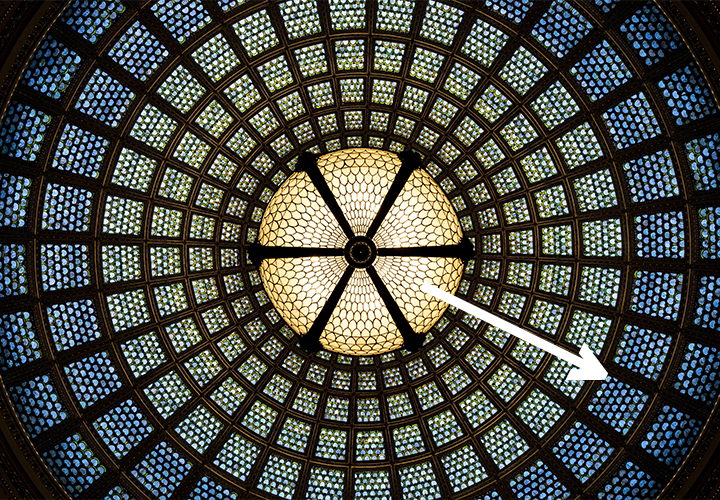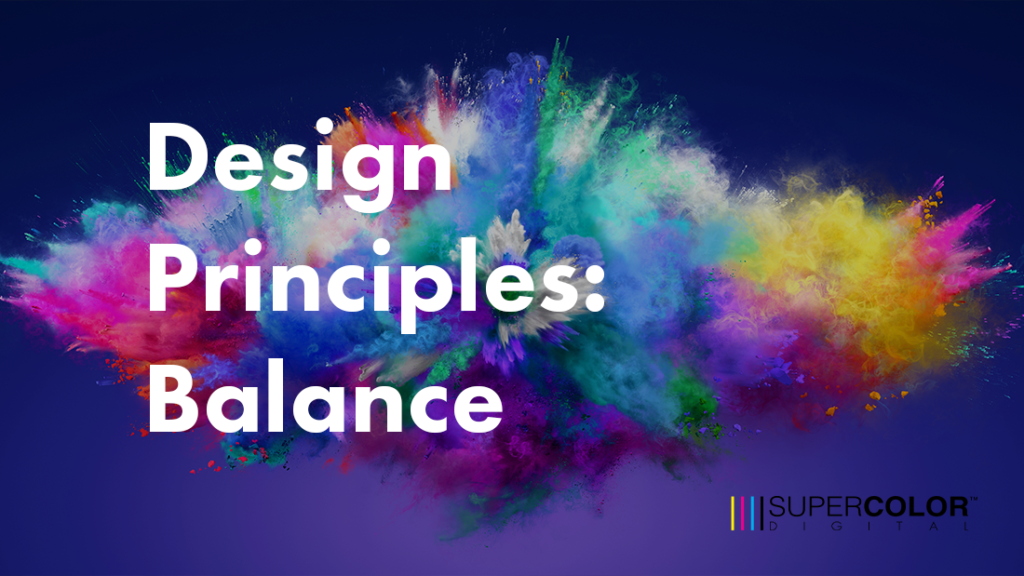Balance is an essential part of any design and is important to how you and others feel. Your design will appear well structured using color, graphics, and other elements such as form and size. A well-balanced design will help relax the audience’s view and will present an appealing effect.
There are three different types of balance known as symmetry, asymmetry, and radial.


Symmetrical
Symmetrical balance is when elements on one side of a design mirror the element on the other. Think about drawing a straight line through the middle of the design in any direction, and the visual balance should be evenly distributed. This creates the illusion that the design is stable and methodical. While symmetrical balance is excellent and allows the audience to recognize what is communicated, it doesn’t always relay an exciting design.


Asymmetrical
Asymmetrical balance consists of one portion of the design is darker or lighter than another. It is intended to create a deliberate imbalance of the elements in the design. One way to approach this is to have several small details that balance out a significant component. Or, you can have smaller pieces positioned away from the center. The elements are not the same size and not placed evenly as in symmetrical balance in both cases. However, your design still has a sense of balance while creating an engaging visual.


Radial
Radial balance involves visual elements are placed from the center of the design outwards. Rather than balancing both sides, you can achieve a well-balanced design around a single point. Placing objects, colors, or textures at an equal distance from the center is an appealing design choice.
Be strategic in your visuals and discover a balanced design that showcases your brand. We understand how to design engaging visuals solutions that add balance to any design. Let’s talk about balanced creative visual solutions today!





